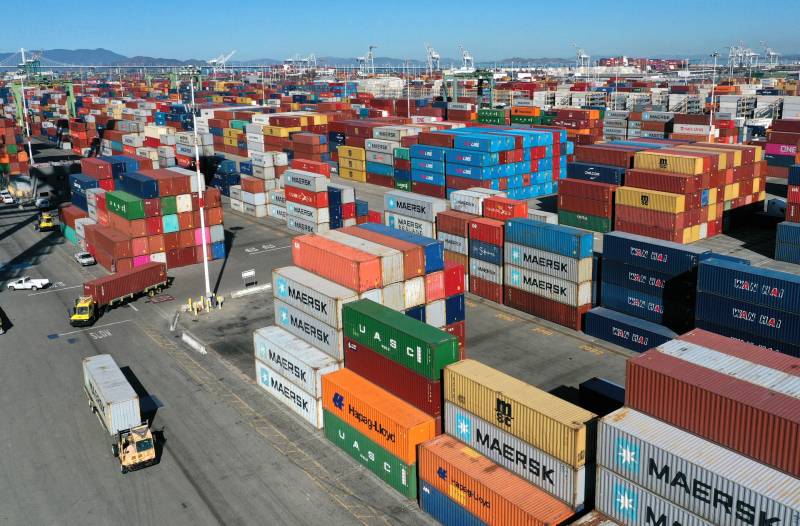But in the Bay Area, the Port of Oakland faces a completely different situation. The executive director of the port, Danny Wan, shared with state legislators earlier this month that Oakland actually has a lot of spare space.
“You look at the Bay and the whole terminal is empty,” he said. “Empty of containers. Empty of ships. And the operator tells me that this is the first time in the history where they’re operating Oakland that they have not one vessel call.”
KQED spoke with Wan, who also serves as president of the California Association of Port Authorities, this week to better understand the current situation in Oakland and how he proposes to overhaul California’s port infrastructure.
The following interview has been edited for length and clarity.
KQED’s Brian Watt: Has the situation at the Port of Oakland changed since you met with legislators?
Danny Wan: We have three terminals at the Port of Oakland and we’re about 75% capacity. We’re talking to the shipping lines about returning some [shipping] to Oakland, and [we’re] not talking about shipping the stuff that usually goes down to LA and Long Beach in normal times, to come to Oakland. Some of the things that normally do come to Oakland, all of a sudden in this kind of disruptive environment, have now started to go down to Long Beach now instead of Oakland.
There are two international trade routes that are starting up this month docking at Oakland. Are they in response to the situation that has developed in Los Angeles and Long Beach?
Normally what happens is that the shipping lines do a route from Asia to Los Angeles-Long Beach. They drop the cargo down there that’s destined for the southern California routes. And then they come up to Oakland. and they pick up exports and they also drop off what’s destined for northern California. What’s happening now is that they’re skipping Oakland because they want to get their containers back. They’re simply dropping all the cargo off in Los Angeles-Long Beach and expecting northern California export-importers to go down to Los Angeles into that congestion and do their business.
These two new trade routes are direct shipping lines coming to Oakland — not to Los Angeles-Long Beach. They’re first coming to Oakland to drop off the imports and pick up the exports and go back to Asia directly so that we have a direct route … that is perfect for us, that is efficient, that is going to serve the people up here and we hope to have more of those kind of routes starting up.

